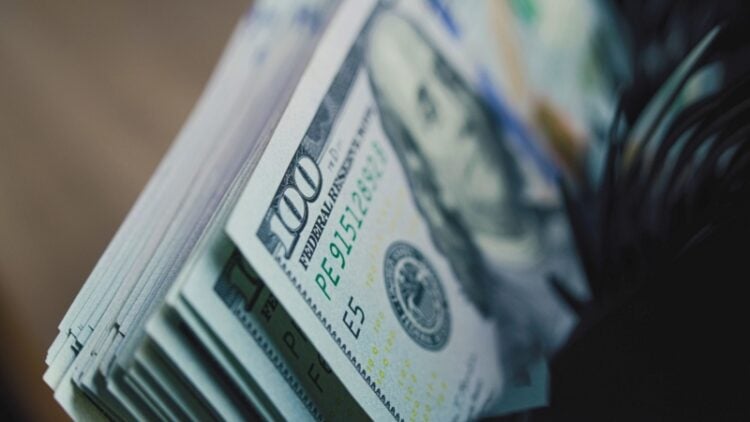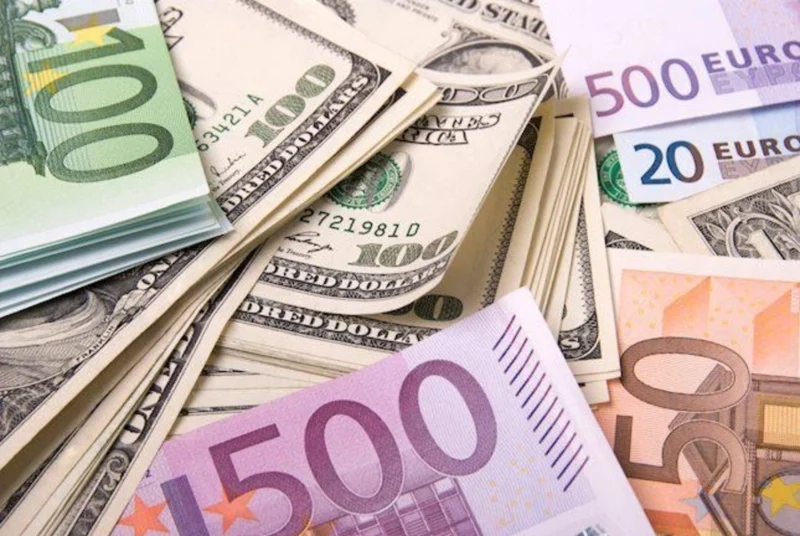Publisher: Maaal International Media Company
License: 465734
Dollar steady on US tariff uncertainty, pound in focus
اقرأ المزيد
The dollar was little changed on Wednesday, with weak U.S. confidence data and concerns about the effect of sweeping tariffs on U.S. growth putting the brakes on a recent bounce, Reuters reported.
British markets were in focus as finance minister Rachel Reeves was set to announce cuts to her spending plans later in the day, in an attempt to show investors that she can be trusted to fix the public finances as growth falters.
After briefly crossing below 150 yen, the dollar floated to 150.20 yen, but traders lacked conviction, while a messy week of tariff hits looms.
The euro, which spent a week edging lower from a five-month high, has dropped to $1.0776, a fresh 3-week low.
Russia’s rouble rose 0.5% to 84.20 after U.S. deals with Russia and Ukraine to pause attacks at sea and on energy targets, while wheat prices fell as the U.S. said it would push to lift sanctions on Russian agriculture.
That leaves the focus on next week, when U.S. President Donald Trump has threatened to impose – or at least provide details of – a new round of tariffs on autos, chips and pharmaceuticals.
Sterling weakened after data showed British inflation slowed to an annual rate of 2.8% in February from 3.0% in January, while markets await the budget update.
“The good news is that today’s (inflation) data should provide the Bank of England a path to continue with its gradual dial down of restrictive policy,” said Sanjay Raja, chief UK economist at Deutsche Bank Research.
“We continue to think a May rate cut is more likely than not,” he added.
The pound was down 0.4% to $1.2890.
Money markets fully priced in a 25 bps BoE rate cut in August and a 80% chance of such a move in June. They also discounted 44 bps by December, which implies an 80% chance of a 25 bps second easing move by year-end.
“The narrative of tighter fiscal and looser monetary policy should be sterling negative,” said Chris Turner head of forex strategy at ING.
“It looks like the market is under-pricing this year’s BoE easing cycle,” he added, suggesting there could be as many as three rate cuts.
The trade-sensitive Australian dollar hovered just above 63 cents, wavering only slightly when February consumer inflation data came in a bit softer than expected.
It barely responded to Tuesday’s federal budget, which promised tax cuts and extra borrowing to fund relief measures for voters ahead of a May election.
Tariffs and threats of the duties have already driven counterintuitive moves in currency markets as concerns they may drive down U.S. growth have confounded the assumption that the levies should be inflationary and drive up the dollar.
Data released on Tuesday showing U.S. consumer confidence plunged to the lowest in more than four years in March highlighted how uncertainty is weighing heavily on households.
For the quarter, the dollar index – which had rallied strongly between September and January – is headed for a roughly 4% drop. It was last stalled at 104.28.
In emerging markets, Turkey’s lira found a footing just below 38 to the dollar after the finance minister and central bank governor told investors they would do whatever was needed to tame market turmoil triggered by the arrest of President Tayyip Erdogan’s main political rival.
Indonesia’s currency teetered near a record low as worries over slowing growth and rising government spending shook confidence in Southeast Asia’s biggest economy.









